The eighth NGV India Summit 2024 highlighted the role of natural gas vehicles in India’s transition to clean mobility and aspirations of net-zero emissions by 2070, writes Richa Tyagi.
Moving progressively towards its net-zero target by 2070, multiple challenges disguised as opportunities stand in front of India to achieve zero CO2 emissions. Collaborative steps taken by the NITI Aayog, nodal Government ministries in close coordination with the private industry players are driving India’s energy and mobility sector transformation. It has started shaping up as big strides in the form of energy dependance and diversification while curbing petroleum product imports. Kushal Sharma, Division Head & Member, Extended Board of Management, Messe Frankfurt India, in a welcome address, urged the gathering to shift towards more sustainable and environmentally friendly transportation solutions. “As we embark on this journey the role of natural gas vehicles and alternative fuels becomes more critical in reducing our carbon footprint and enhancing energy security,” he averred.
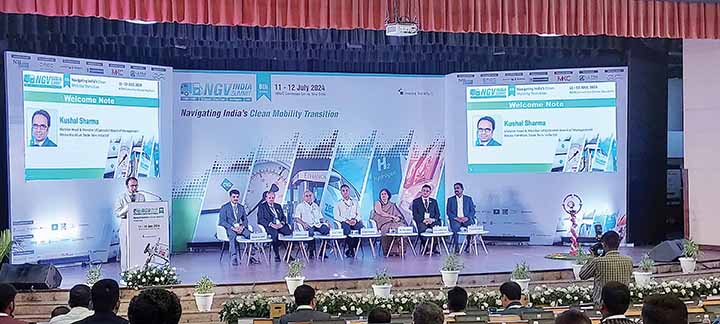
One of the biggest contributors to Greenhouse Gas (GHG) emissions is the mobility and transportation sector, largely dependent on petroleum by products. Among the alternative fuels, the Compressed Natural Gas (CNG) market has so far witnessed maximum growth. The global demand for CNG vehicles is forecasted to grow at a CAGR of 10.9 per cent between 2023-2033 as a testimony.
With the Indian government pushing towards higher contributions of natural gas to the economy from its current share of an estimated six per cent to 15 per cent by 2030, India is eyeing investments of USD 4.95 million from gas companies to develop a robust supply chain facilitating the availability of cleaner fuel alternatives across India. Especially in northeastern states and northern federal territories where natural gas pipeline infrastructure is being developed.
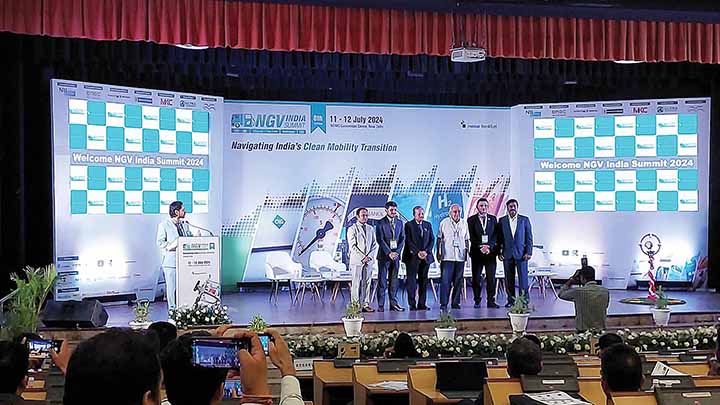
To play a crucial role in transforming the mobility and transportation landscape in India, the focus on ‘Navigating India’s Clean Mobility Transition’ had leaders from the natural gas sector and alternate fuel ecosystem was amplified by the participation of automotive industry captains. In his address, Raj Manek, Executive Director and Board Member, Messe Frankfurt Asia Holdings Ltd, expressed: “The alternate/cleaner mobility fuels sector is playing a pivotal role in India with tremendous potential to transform India’s mobility and transportation landscape. We are honoured to welcome the distinguished line-up of speakers from the industry and government bodies who will collaboratively strategise ways to navigate through the Clean Fuels, based on India’s current state in mobility, infrastructure and energy resources.”
The stakeholders deliberated the vast opportunities, potential synergies, growth avenues and solutions to challenges as India navigates through the clean mobility transition.
Natural gas as a transition alternate
The industry leadership address was delivered by Sandeep Jain, Executive Director (Gas Business), Indian Oil Corporation Ltd. who briefed the audience on the growth of the natural gas vehicle sector. He mentioned, “Transportation is growing at a fast pace in this country. In the last financial year, an estimated 22.38 crore vehicles were registered. The M&HCV growth rate of at 10-12 per cent as a major chunk could benefit from the natural gas penetration in the country.”Last year the growth in the natural gas sector was 11 to 12 per cent, however, the growth in the City Gas Distribution (CGD) sector was more than that. “The CGD sector is growing at a fast pace and it is estimated that in another six to seven years, nine,” he informed.
Natural gas plays a vital role in India’s growing primary energy needs as a dependable source of energy supporting a fast-growing economy. Delivering the theme address on ‘Navigating India’s Clean Mobility Transition’, Ashim Sharma, Senior Partner & Group Head, Nomura Research Institute (NRI) Consulting & Solutions India Pvt. Ltd., emphasised the critical role of natural gas vehicles in India’s journey towards a cleaner and greener future and the price advantage. He explained, “India has been able to diversify LNG both from traditional gas trading partners to many other countries coming into this field. Also, the hike in the pricing that was experienced due to the Russia conflict is not there any longer and we see moderation in LNG prices that have been delivered to us.”
Talking about the importance of shale gas, a natural gas that is trapped in shale rock formations underground. Ashim shared that shale gas can emerge as an important new source of energy in India with positive results from the exploration carried out by National Oil Companies. The summit also witnessed the release of the White Paper on ‘Revolutionising Transportation: Embracing Natural Gas & Alternative Fuels for Clean Mobility’ by Ashim Sharma, on the key findings around the NGV sector.
Dual Focus On Emobility And Exports
In his special address at the conference, Dr Kirit Shantilal Parikh, Chairman, of Integrated Research and Action for Development (IRADe), and former Member, of the Planning Commission, Government of India answered the crucial question of why India wants complete e-mobility. He explained, the challenges in achieving complete e-mobility, and how we need to reduce the CO2 emissions not just at the local level but at the global level. The CO2 emissions without any policy intervention are around 500 million tonne per annum today and will be 700 million tonne per annum by 2030. Using natural gas for vehicles is a transitional solution. Hence, electric mobility may be considered as an intended solution. he explained. “We need to consider the long-term perspective regarding the type of fuel required to achieve sustainable goals,” urged Dr Kirit. He also stressed on the importance of reducing imports dependency.
Addressing the gathering, Dr Hanif Qureshi, IPS, Additional Secretary, Ministry of Heavy Industries & Public Enterprises, Govt. of India highlighted various government schemes that are supporting the growth in this sector. He said, “The growth in the automobile sector usually comes from the production and usability in the country, but it has to be export-led growth as well and that is why various schemes of the government are meant to increase the production as well as the exports.” “The future of the automobile sector is optimistic, the growth in the overall sector will be around seven to eight per cent in the future but the growth of the clean technologies will be much faster than this,” he concluded. ACI


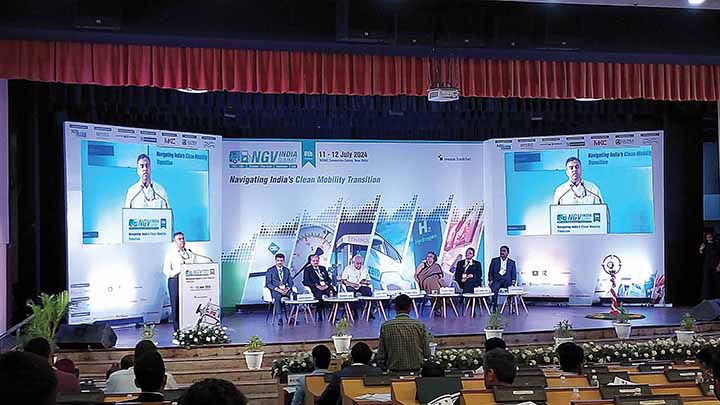

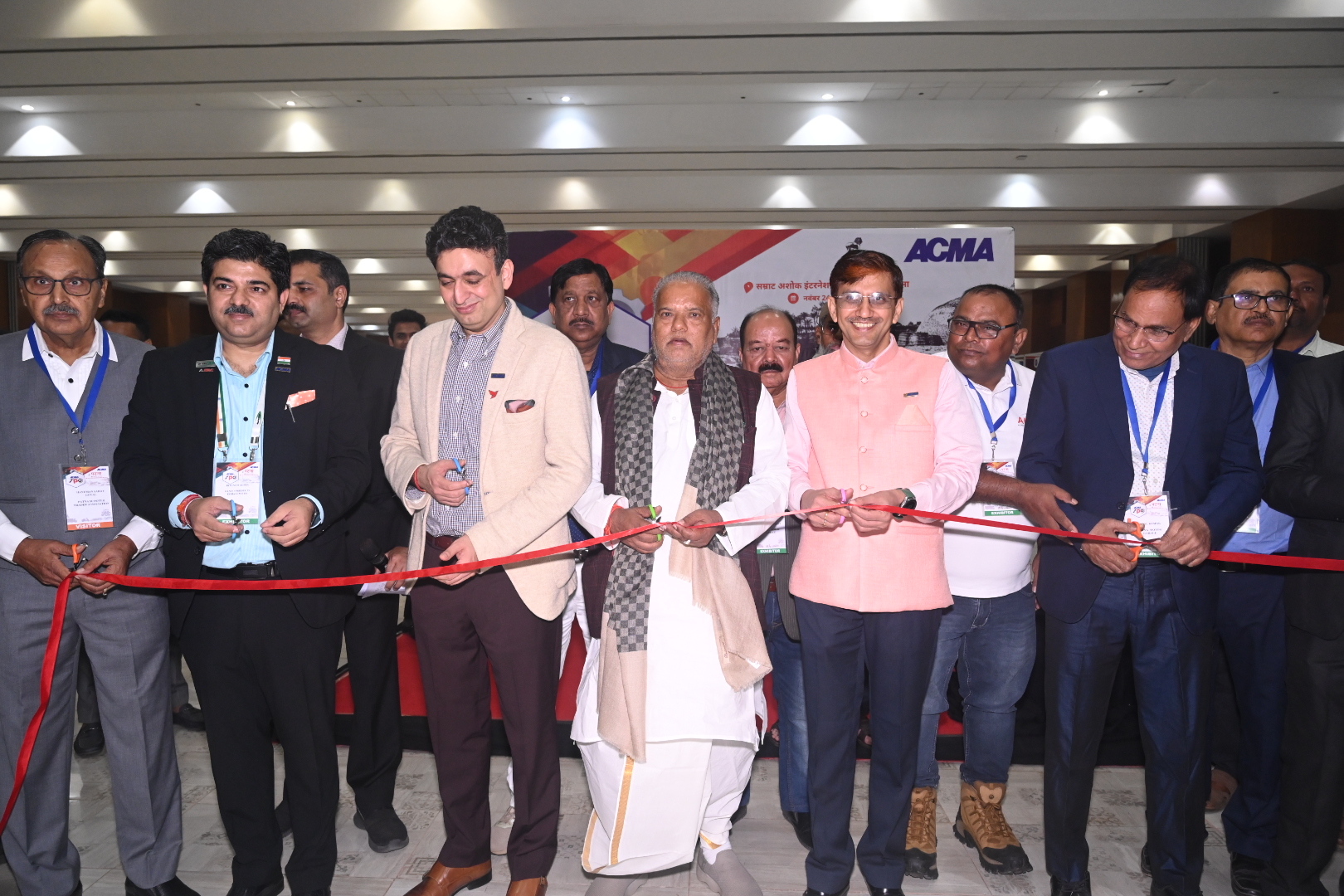
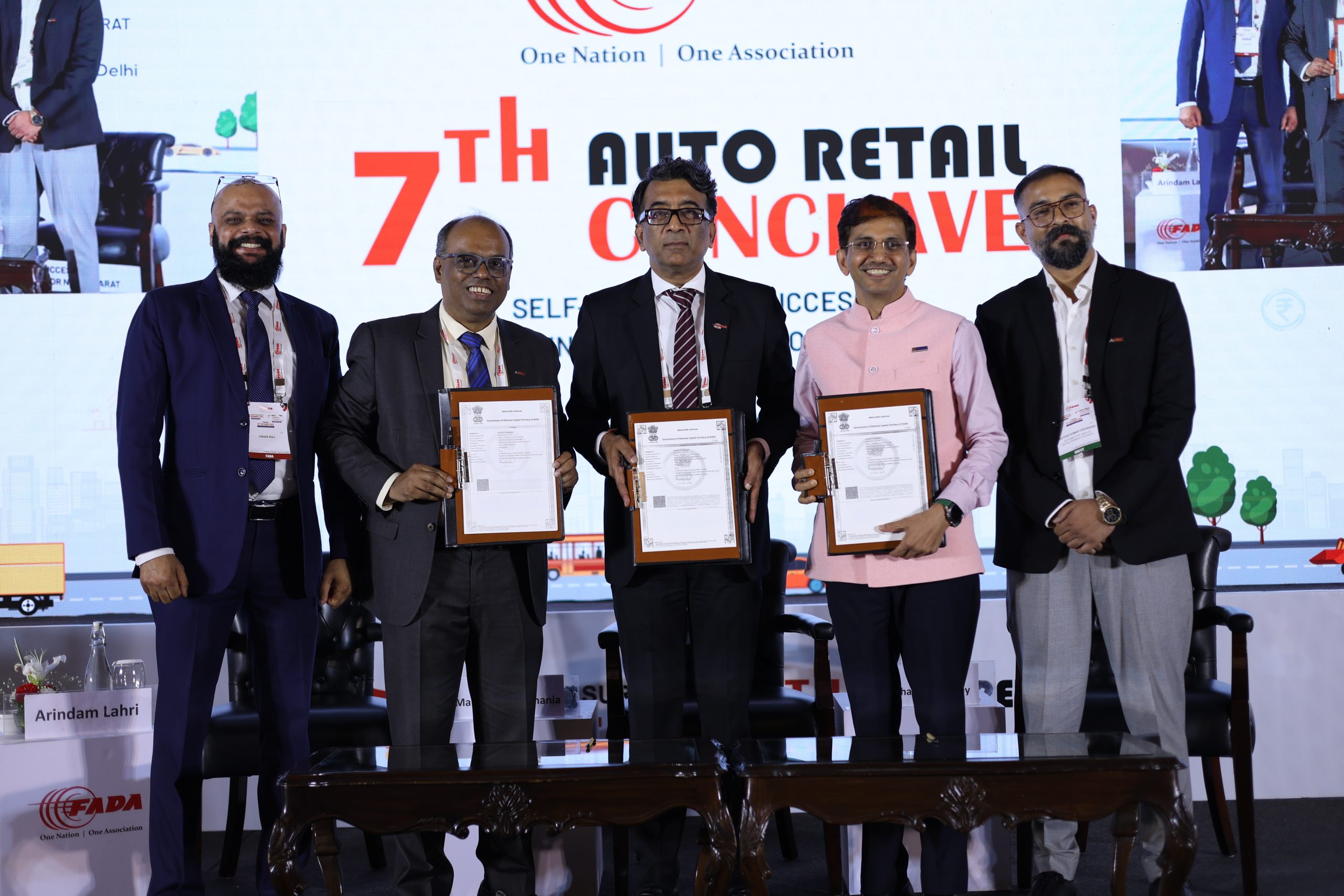
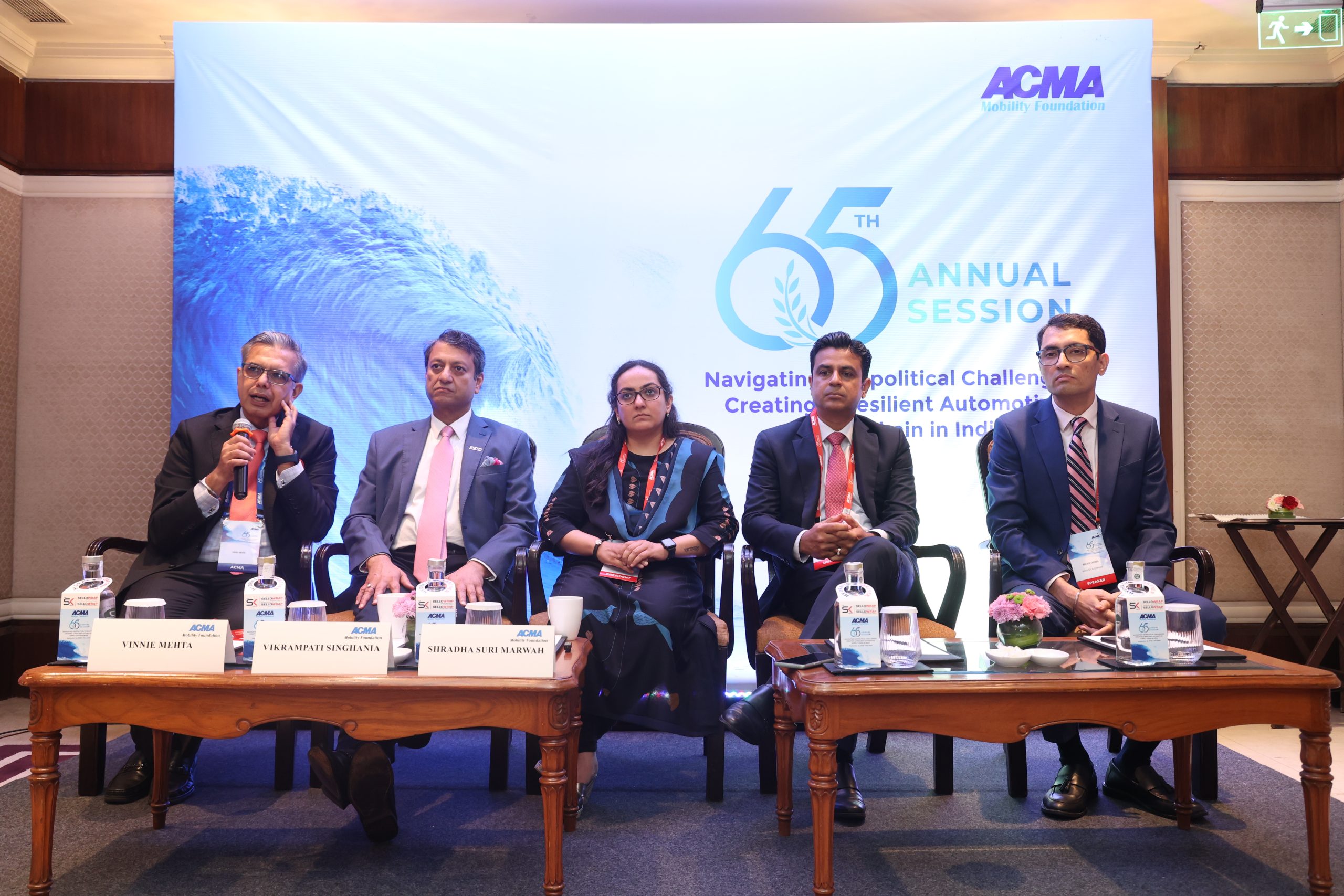


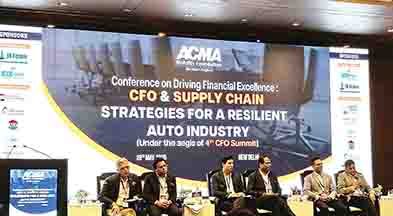
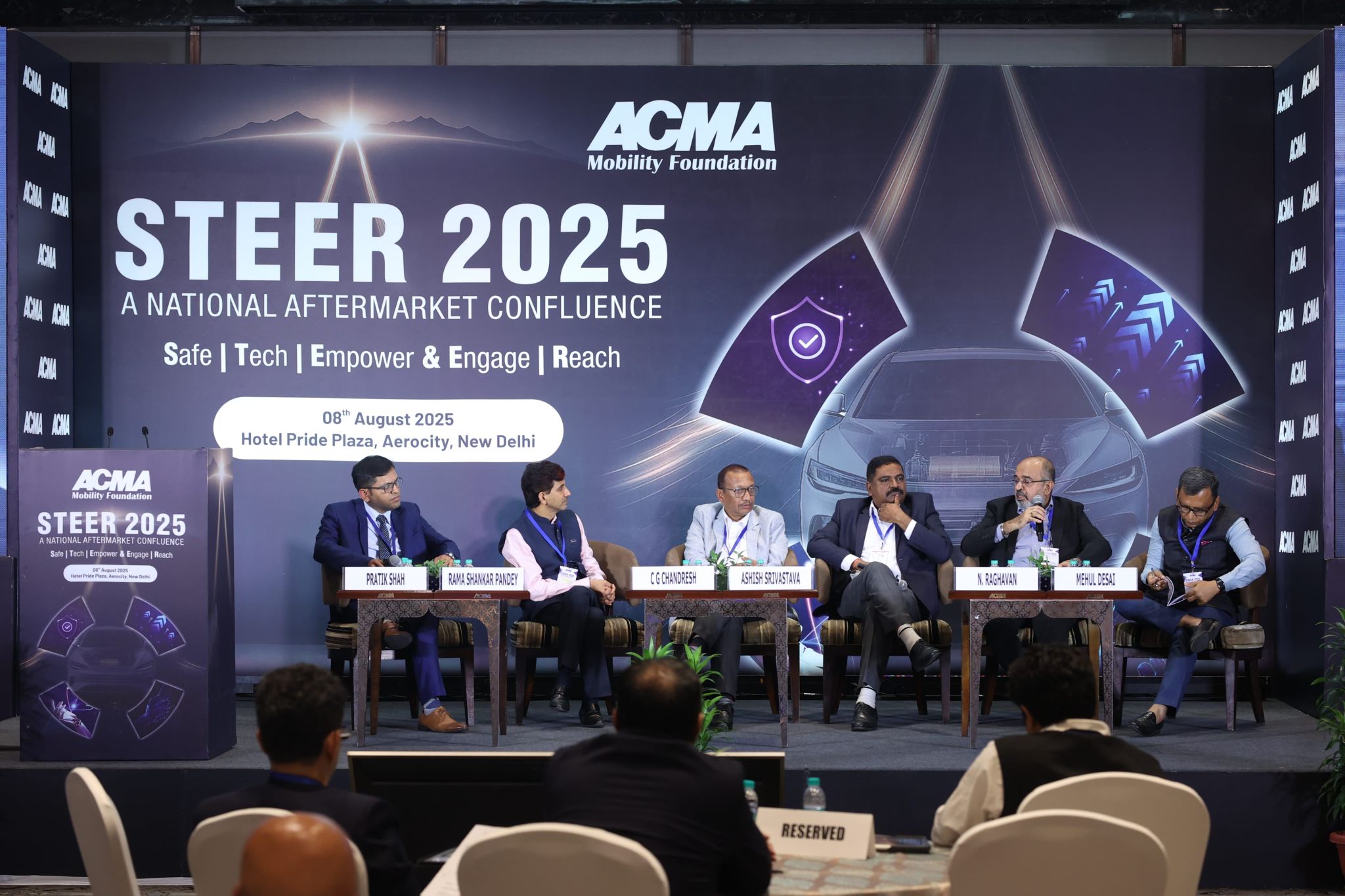
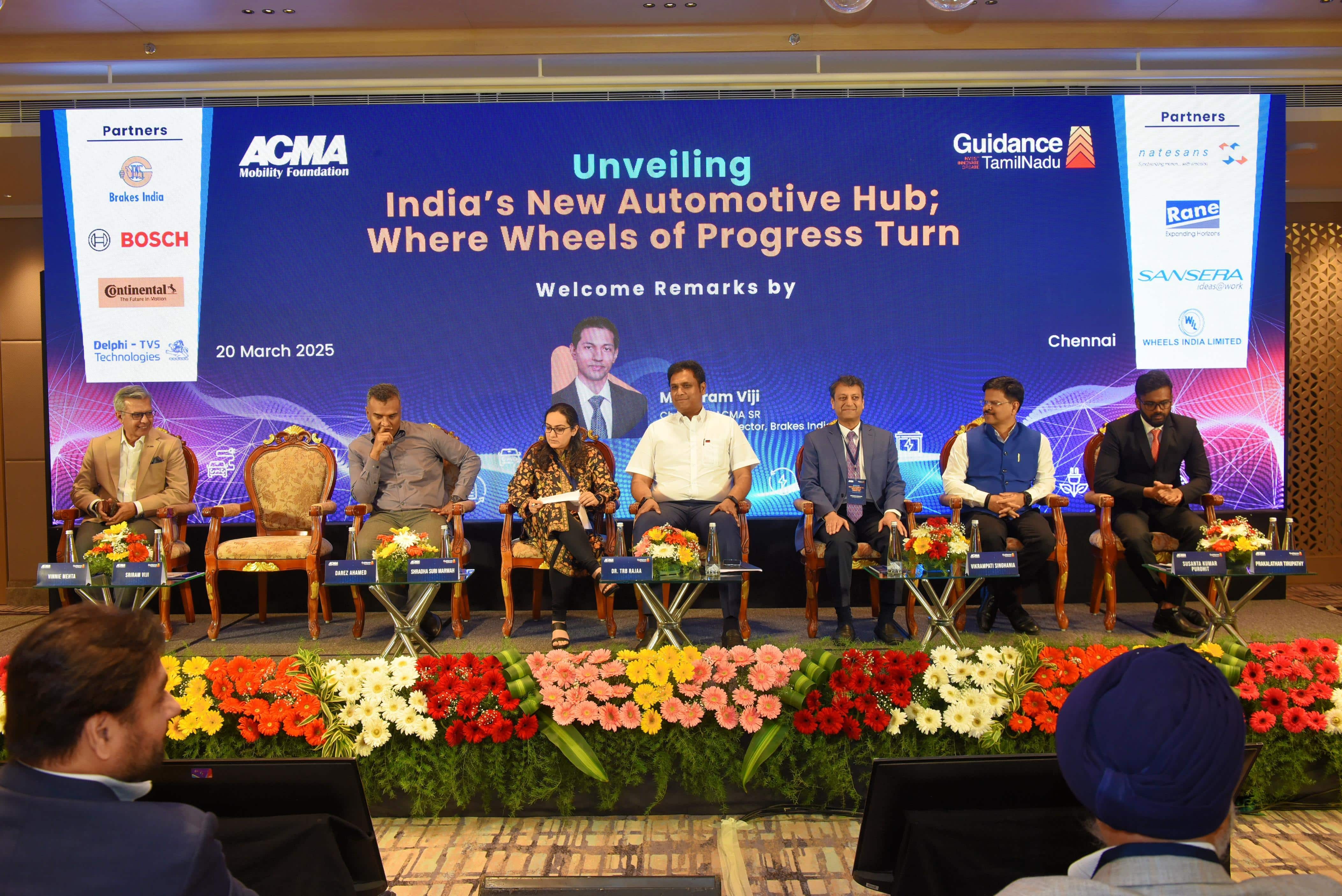



Leave a Reply